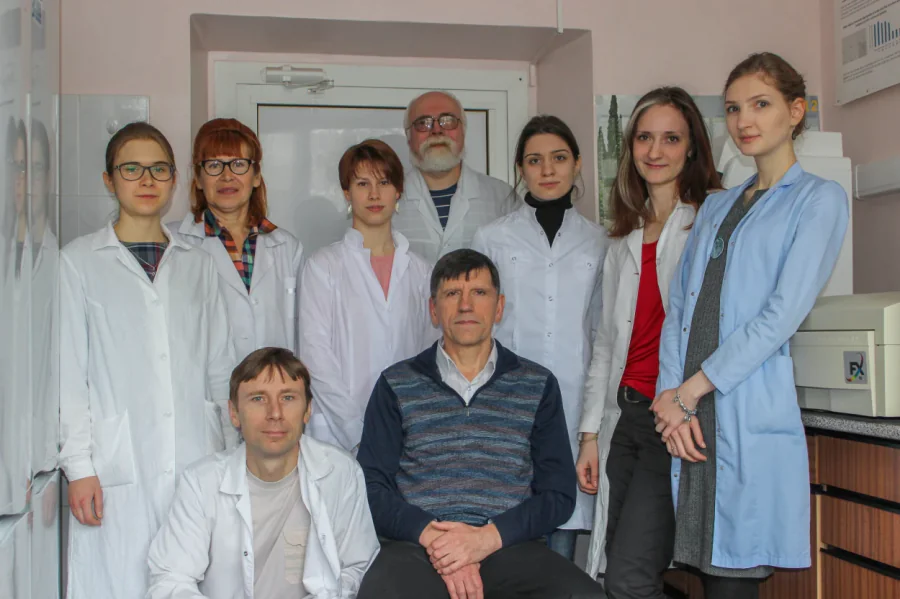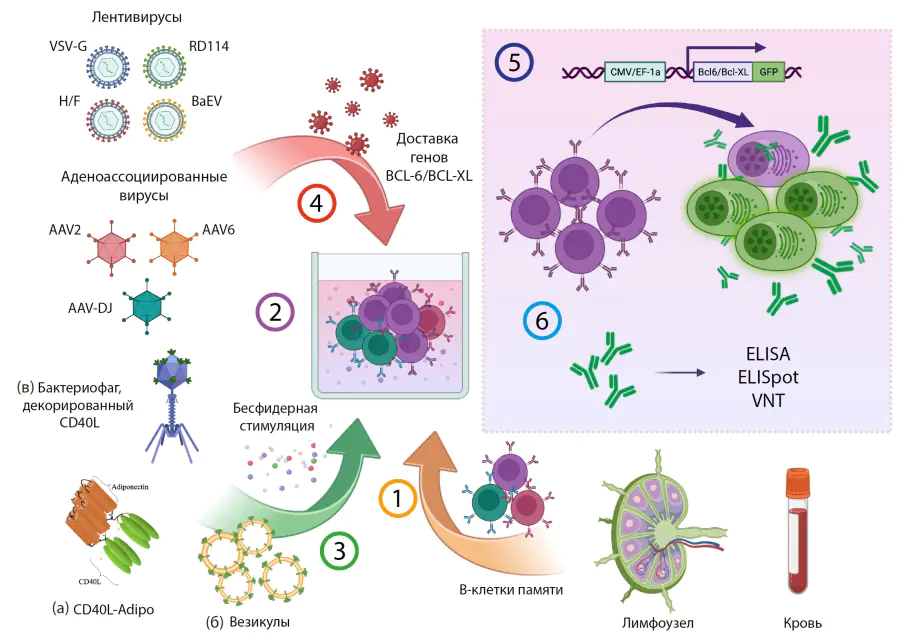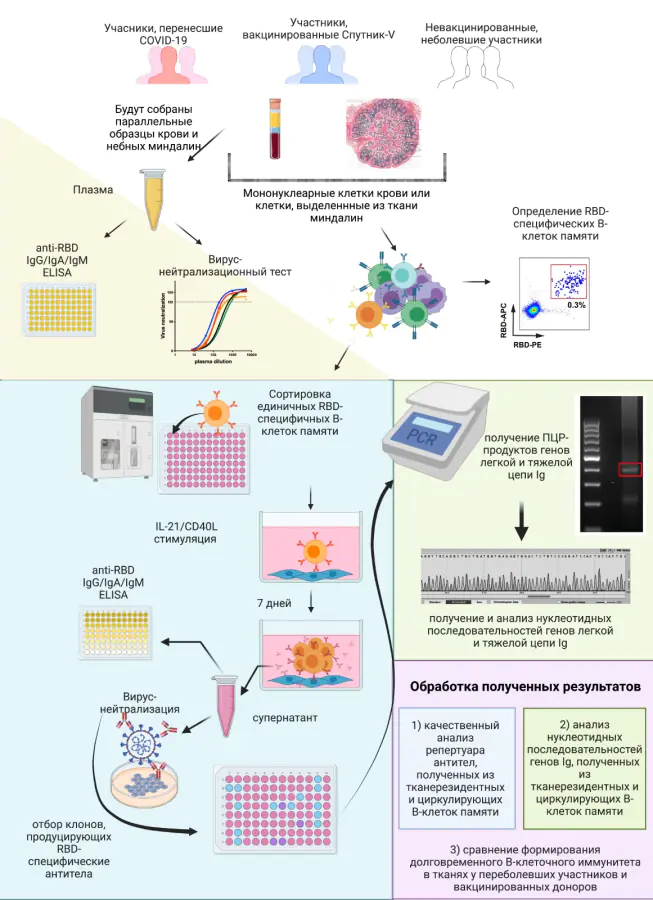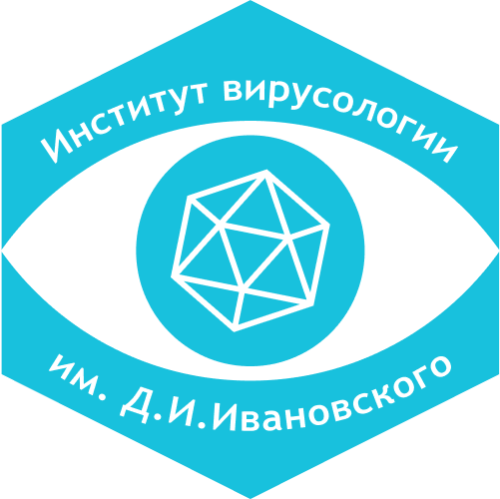Лаборатория иммунохимии

Основные направления научной деятельности:
Анализ долговременной В-клеточной иммунологической памяти после перенесенной инфекции SARS-CoV-2;
Анализ нейтрализующих антител после вакцинации/перенесенной инфекции SARS-CoV-2;
Антигенная картография вариантов SARS-CoV-2;
Перепрограммирование В-клеток памяти с целью создания продуцентов человеческих терапевтических моноклональных антител;
Создание бесфидерной системы для in vitro стимуляции В-лимфоцитов с использованием мультимеризованных белков, содержащих рецепторный домен CD40L;
Трансдукция В-лимфоцитов человека с помощью аденоассоциированных вирусов различных серотипов;
Изучение особенностей В-клеточного ответа на мажорный аллерген пыльцы березы Bet v 1;
Изучение взаимосвязи аллергической сенсибилизации с уровнями сывороточного IgE;
Изучение дифференцировочных антигенов лейкоцитов человека, в частности путей фосфорорилирования CD45 ассоциированного протеина (CD45-AP) и его роли в процессах активации лимфоцитов человека
- Проточная сортировка клеток
- Работа с клетками эукариот: CRISPR-Cas9 молификация клеток, получение стабильно-трансдуцированных клеточных линий, нокдаун, суперэкспрессия, функциональные тесты
- Гель-электрофорез
- Работа с эукариотическими клетками: культивирование, трансфекция, инфекция
- Клонирование
- Технология редактирования генома CRISPR/Cas9
- Иммуноферментный анализ (ИФА)
- Флуоресцентная микроскопия
- Гибридомная технология
- Проточная цитометрия
- Спектрофлуорометрия






Направления исследований
Пути фосфорилирования CD45 ассоциированного протеина (CD45-AP) и его роль в процессах активации лимфоцитов человека
От иммунного узнавания мажорного аллергена пыльцы берёзы Bet v 1 к специфическим диагностическим, терапевтическим и превентивным стратегиям для аллергии на пыльцу берёзы
Cоздание антиген-специфических иммортализованных клонов В-лимфоцитов человека, предназначенных для получения терапевтических моноклональных антител
Разработка технологической платформы экстренного создания средств профилактики и терапии вирусных инфекций на примере SARS-CoV-2-нейтрализующих антител
Анализ долговременной В-клеточной иммунологической памяти после перенесенной инфекции SARS-CoV-2
Перепрограммирование В-клеток памяти с целью создания продуцентов человеческих терапевтических моноклональных антител

Сравнение циркулирующих и тканерезидентных В-клеток памяти при формировании долговременного иммунитета









